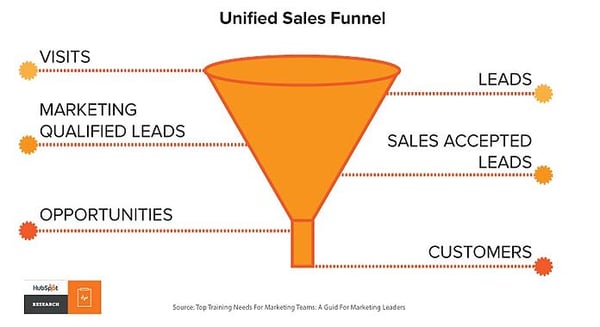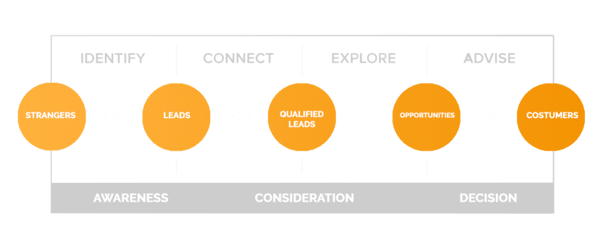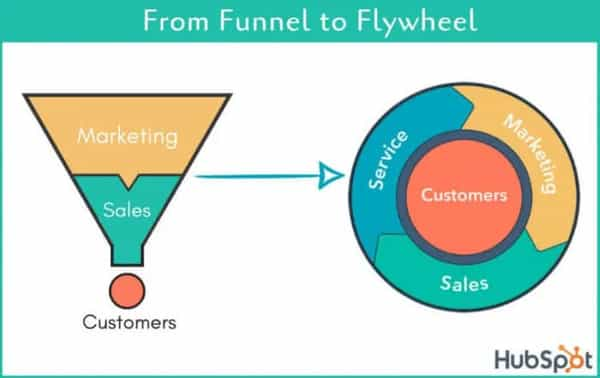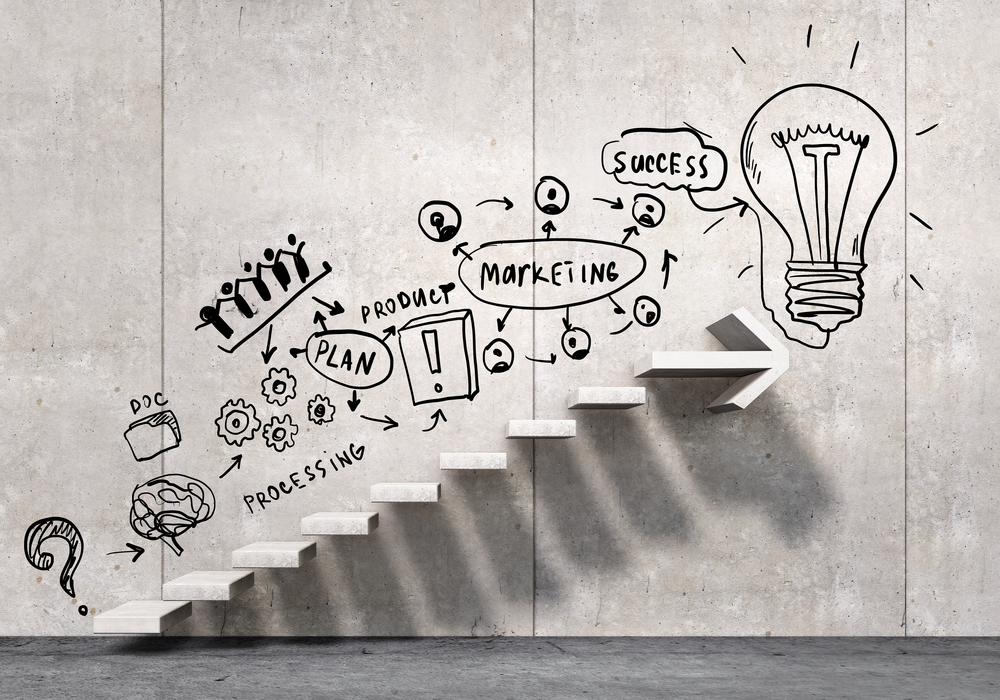-
Digital Marketing
We help you to use your digital potential. For a strong positioning, more visibility and more leads.
Get Growth ready
With the BEE.Transformance model, we bring continuous and profitable growth to your company. A new mindset for your team.
Industries
We transform your challenges into opportunities through the experience we have gained from projects in these industries.
-
HubSpot Services
As a HubSpot Diamond Partner, we help you implement your digital growth strategy with a focus on performance - by implementing and integrating new and existing systems as well as 3rd party apps.
HubSpot Thought Leader
As a HubSpot Diamond Partner with +50 certifications, host of the HubSpot User Group Zurich, HubSpot Trainer and HuSpot User Champions, you have access to in-depth HubSpot expertise.
HubSpot Solutions
The BEE.Theme offers you more creative freedom than any other theme on the market. Whether you're a beginner or a professional, a creative mind or a digital agency - with the BEE theme, you can easily unleash the maximum power for your pages in HubSpot CMS.
-
BEE.Blog
Knowledge around digital marketing, digital sales, technology, data intelligence and employees.
Knowledge Base
Pure knowledge: everything essential concentrated, compact, digitally prepared for you and ready to download.
What is inbound?
The most effective way to successfully combine digital marketing and digital sales.
-
BEE.Team
The BEE.Performers: many different characters - with one thing in common: the fascination for a digital world.
References
More than 100 large and small companies have already started with BEE: to more visibility, more performance, more growth.
Invest
Participate in the growth of BEE and become part of the BEE Growth Story by purchasing Digital Share Tokens.
We're hiring
Become a BEE.Performer! Are you ready for your own transformation?
Sales Funnel or Flywheel? How To Generate More Inbound Leads
Most marketing and sales professionals are familiar with the sales funnel. Essentially, it's the journey a customer takes as they become more and more aware of your product or service until they eventually make a purchasing decision. It worked great in the pre-internet era, but things have changed slightly as digital marketing and sales provide more opportunities to leverage your content assets and create a positive feedback loop for lead generation.
Why the sales funnel is taking a step down

Quelle: HubSpot
You are likely to start off with higher numbers at the top of your funnel, with only a few actually turning into paying customers at the bottom. While there are certainly merits to this model, and it still holds relevance, it doesn't promote sustainable growth.

The effort of creating engaging content that drives the lead from awareness to decision stage is an investment in your long-term sales and marketing strategy. When the lead finally converts, you want to make sure that they come back again, or that their positive experience somehow feeds back into your lead generating ecosystem. But with the sales funnel, it would appear that all the effort stops once the purchase has been made.
The changing nature of how individuals make purchasing decisions is another contributing factor to the retirement of the sales funnel. In the past, businesses would have more control over the advertising and content being presented to the public. This enabled them to push leads down the funnel, regardless of whether they were a right-fit customer or not.
But information is no longer exclusively held by organisations and sales reps; it lives freely on the internet for all to access, discuss, and disseminate – and that’s not a bad thing. Businesses who are willing to change their sales strategy to one that encompasses inbound methodology, stand to benefit significantly from this new approach.
What are Inbound Sales?
Inbound selling is the practice of empowering your prospects to make an educated decision about whether or not to purchase from you. This methodology is not about simply making a sale at any cost. It's about finding a high-quality lead that is the right fit for your business – meaning they fit your buyer persona profile and are more likely to become an advocate for your brand.
This is a far more progressive way of developing your business and growing your revenue because you are taking a personalised approach to serving the needs of the customer, making them feel valued and more deeply aligned with your core messaging.
To get inbound sales right, you have to profile your customer effectively, taking into account their pain points and then tailoring helpful content that will address their questions and establish trust. As your business becomes a more authoritative source of information for the lead, they will naturally become more accepting of your sales proposition and decide that your product or service is the best option for them.
This process eliminates the need for disruptive hard sell tactics such as cold calling and spam emails. These efforts can be detrimental to your brand, demotivating for your sales team, and off-putting for your customer.
Here comes the flywheel

Quelle: HubSpot
Historically, the flywheel is an invention from the Industrial Revolution; it was a highly efficient device for capturing, storing and releasing energy. Today, it serves as the perfect metaphor for what we want to achieve with our lead generation strategy.
Instead of just focusing on how we drive the customer from Awareness> Engagement > Decision, the modern marketer and sales representative pays more considerable attention to where leads are dropping off in the buyer's journey and what can be put in place to capture their attention more effectively. The end goal is to turn them into long-term purchasers and evangelists. As we move deeper into the relationship economy, it becomes increasingly important for businesses to recognise the value in this approach.
The flywheel is really about changing your mindset from one where you view a sale as the endpoint. If this is the case, it makes all that work you put into attracting the customer, gaining their trust and closing the deal seem disingenuous and not very aligned with inbound practices. Delighting your customers, even after the sale, is an investment in your growth strategy.
To build your own flywheel, you have to look at each stage in your buyer's journey and determine where there is friction or a weakness in your plan. Not every business is going to have the same friction points. For some, it may be a lack of alignment between sales and marketing teams; for others, it may be inconsistency in branding messages or a misunderstanding about which metrics you should be tracking.
At its core, the marketing flywheel is about scaling down on the amount of energy you're putting in to drive leads to the top of your sales funnel, and instead, using "the momentum of your happy customers to drive referrals and repeat sales". It means you are optimising your existing assets to generate leads automatically and consistently. By putting the customer first, you will reduce churn because you will be attracting leads that are genuinely interested in your business, lower the cost of acquisition and naturally improve how customers perceive your brand.
Offer value at every stage to attract, engage and delight the customer
The internet has allowed customers to make more educated decisions about the purchases they consider making. They watch explainer videos, read reviews, and engage in discussions on forums and social media. Showing the value of your product or service shouldn't be an unveiling of a great mystery that only happens towards the end of the customer journey – chances are, the customer has made their decision with or without you.
Remember, no flywheel is the same, and it's essential to take a deep dive into what's currently working in your marketing and sales strategy and what isn't in order to make this initiative a successful one. At Bee, we specialise in creating effective strategies that promote long term growth. If you'd like to set your own flywheel in action or enquire about any of our inbound digital marketing services, get in touch with us today.
Comment
Related Posts

Remaining successful in the future - Three important areas for companies
Ben Klein | 19 Jan 2023
For your business to thrive in the future, setting effective goals and strategies is crucial. The recent pandemic and resulting lockdowns have highlighted the importance ...
reading time: 7min
Zum Blog

Hurry Up With Your Migration To GA4 (Google Analytics 4)
René Dallmann | 6 Jul 2023
Did Google Analytics 4 (GA4) sneak up on you? Or have you been aware of the impending changes for a while, but other priorities have kept it out of your focus lane? ...
reading time: 11min
Zum Blog

What is Growth Marketing?
Florian Schneider | 1 Jul 2021
In the past, marketers would invest most of their energy and resources in mass media campaigns that mainly targeted a top-of-the-funnel audience through a select number ...
reading time: 6min
Zum Blog
